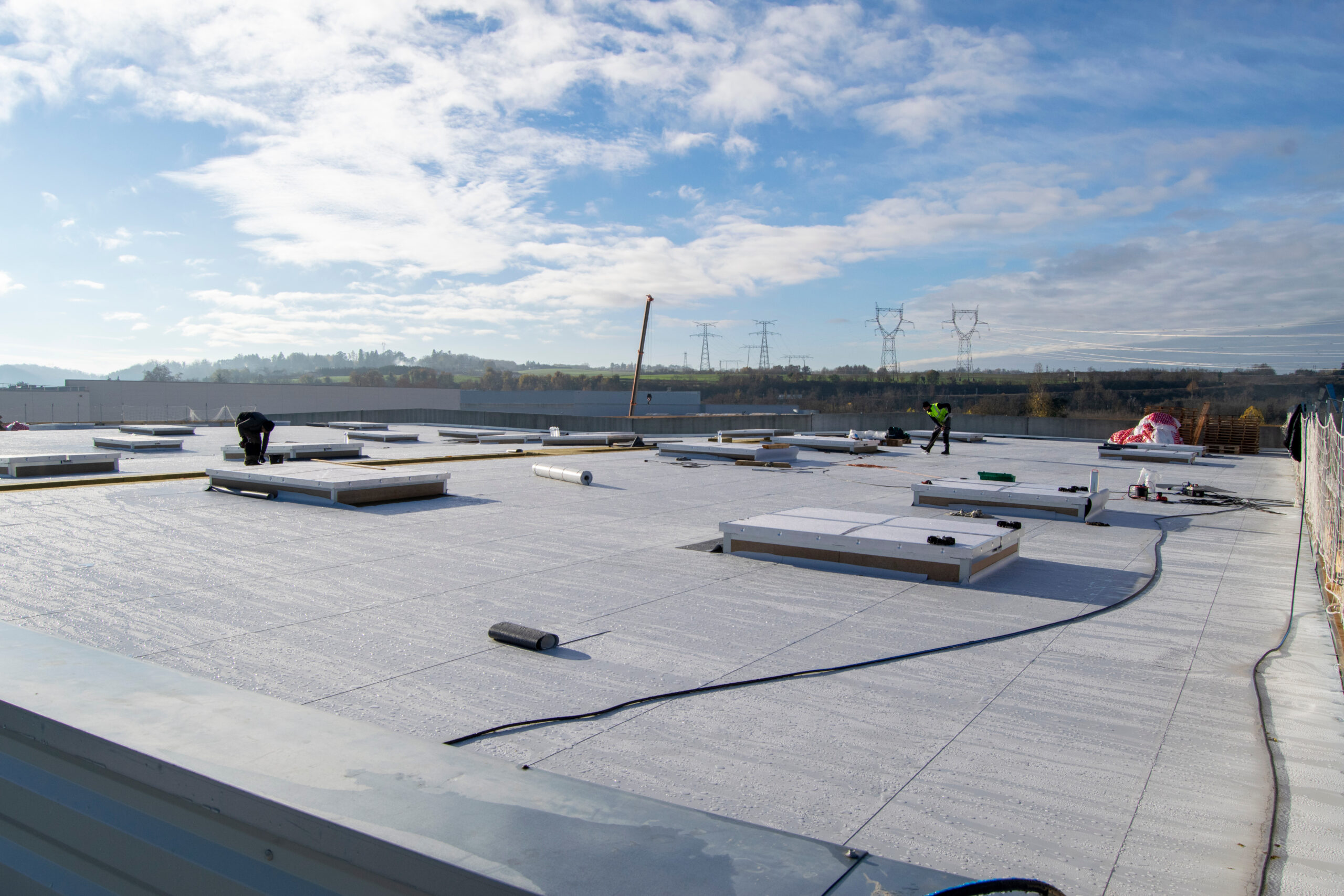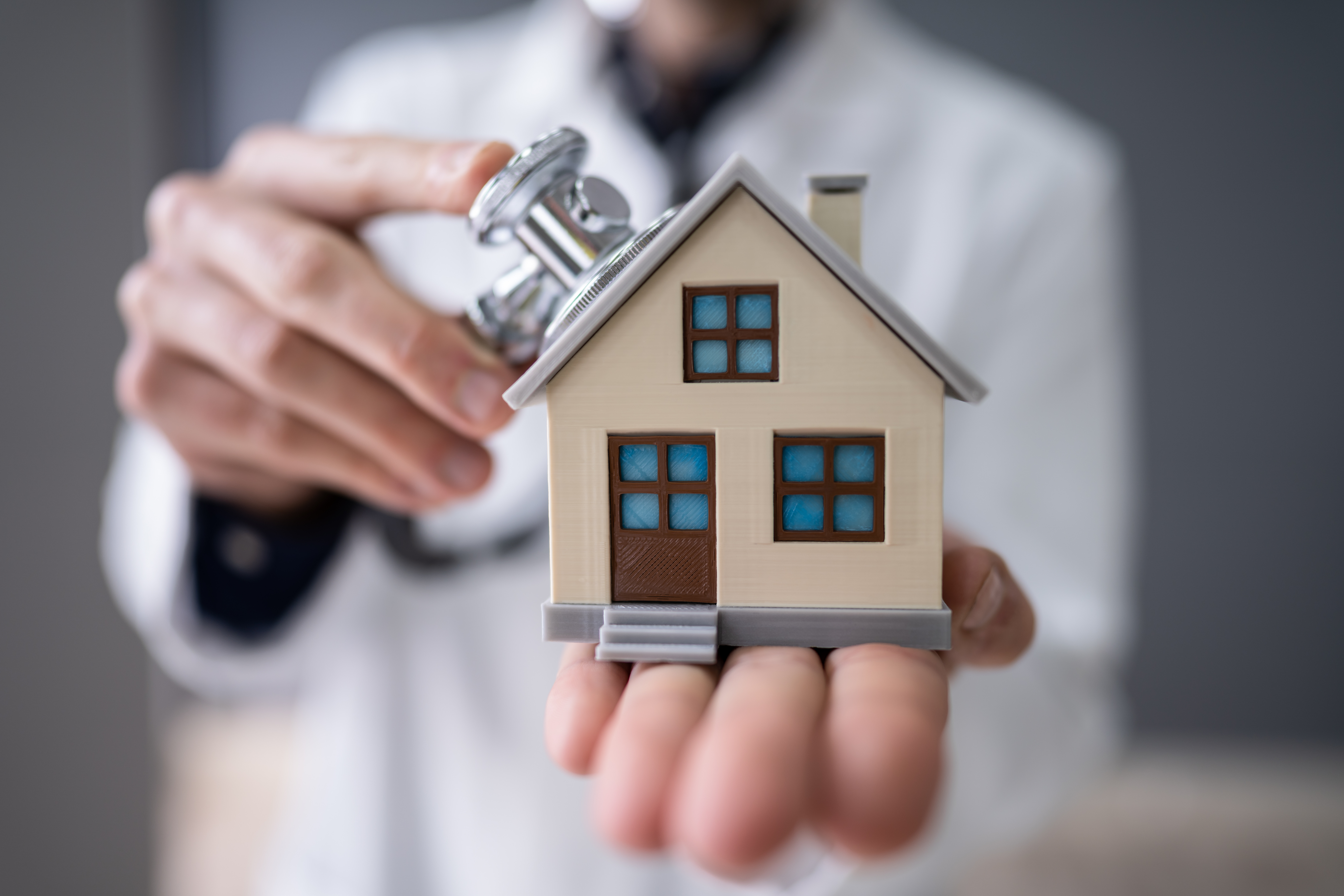When it comes to roofing choices, flat roofing presents a unique and modern option that has gained popularity for its sleek design and practical benefits. In this article, we’ll explore the pros and cons of flat roofing, helping you determine whether it’s the right choice for your home.
Understanding Flat Roofing
Flat roofing, despite its name, isn’t entirely flat. It features a low slope that allows water to drain effectively, but the slope is subtle compared to the steep pitch of traditional roofs. Flat roofing is commonly used in commercial buildings, modern homes, and structures with contemporary architectural styles. It offers a streamlined appearance and opens up possibilities for rooftop gardens, solar panels, and outdoor living spaces.
Pros of Flat Roofing
1. Modern Aesthetic: Flat roofing imparts a sleek and modern appearance to a building. Its clean lines and unobtrusive profile can enhance the overall aesthetic of a home or commercial property, providing a sense of sophistication.
2. Usable Space: The flat surface of a flat roof can be utilized creatively. Rooftop gardens, lounging areas, or even additional living space can be designed, maximizing the functionality of your property.
3. Energy Efficiency: Flat roofing allows for easy installation of solar panels or reflective coatings, contributing to improved energy efficiency and potential cost savings over time.
4. Easy Maintenance: Due to their flat surface, maintenance tasks like cleaning gutters and inspecting for damage become easier and safer compared to sloped roofs.
5. Accessibility: Flat roofs are easily accessible for inspections and repairs, making maintenance tasks more straightforward and cost-effective.
Cons of Flat Roofing
1. Drainage Challenges: While flat roofs have a slight slope, they can still face drainage challenges if not properly designed and maintained. Standing water can lead to leaks and premature deterioration.
2. Maintenance Requirements: Flat roofs require regular maintenance to ensure proper drainage and prevent water pooling. Debris buildup can lead to clogs and potential damage.
3. Weather Vulnerability: Flat roofs are more exposed to the elements, which can result in faster wear and tear compared to sloped roofs. Extreme weather conditions can impact their longevity.
4. Limited Insulation Space: Insulating flat roofs can be challenging due to the limited space between the roof structure and the interior ceiling. Adequate insulation is crucial to prevent energy loss and ensure comfort.
5. Installation Complexity: The installation of flat roofing requires skilled professionals who understand the intricacies of drainage and sealing to prevent leaks and water infiltration.
Making the Right Choice
Deciding whether flat roofing is right for you depends on various factors including your architectural preferences, maintenance willingness, and the climate in your area. While flat roofing offers a contemporary look and functional advantages, it’s important to consider its potential challenges as well. Consulting with roofing experts like those at Just Quality Construction can help you make an informed decision that aligns with your needs and goals.
Thinking about installing a flat roof? Contact Just Quality Construction today to discuss your options and receive expert guidance on making the right roofing choice for your property.






